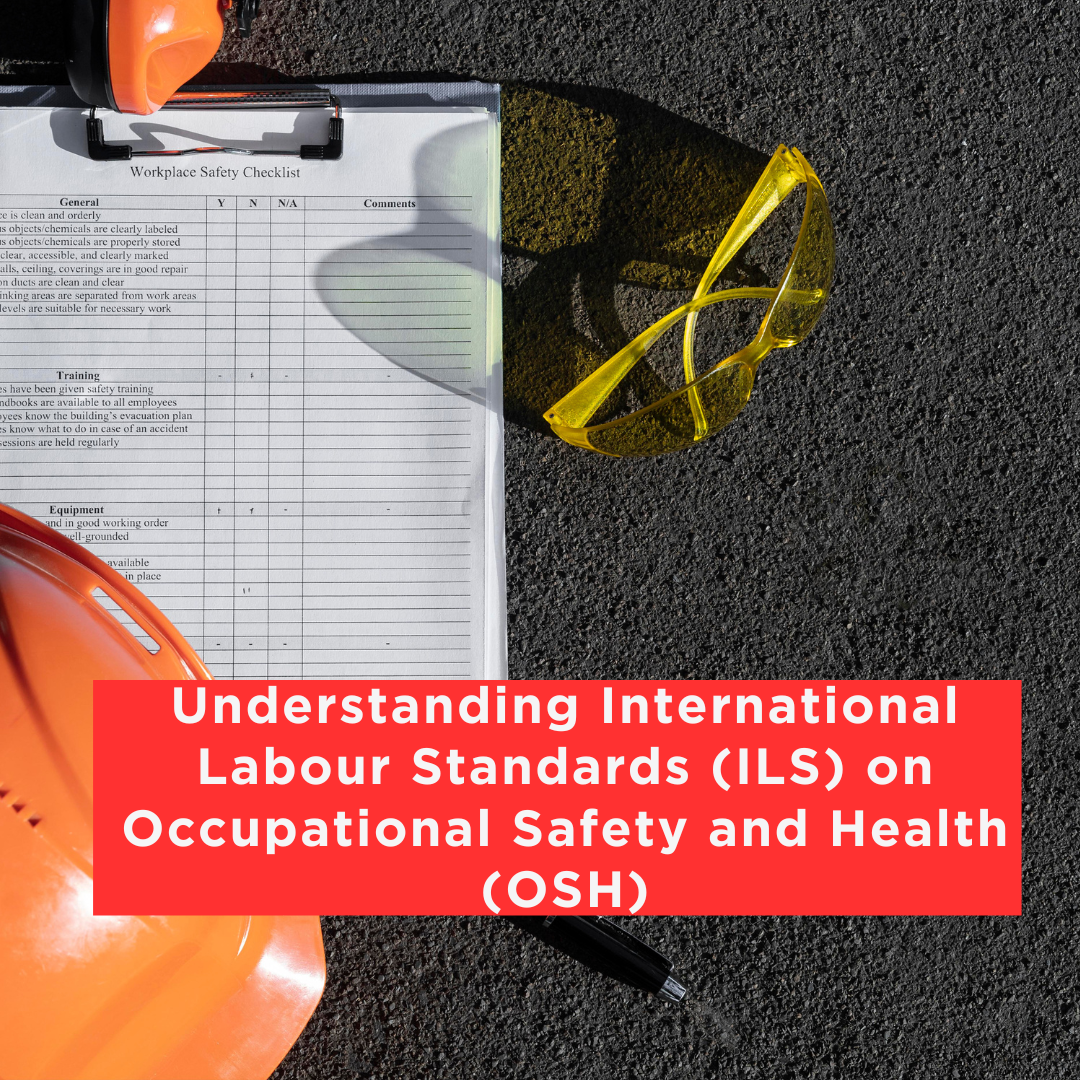In today’s corporate sphere, ensuring the safety and well-being of employees has become a pressing concern for organizations worldwide. With the establishment of International Labour Standards (ILS) on Occupational Safety and Health (OSH) by the International Labour Organization (ILO), companies now have a robust framework to foster secure and productive work environments.
Related post: 6 important occupational health and safety ohs regulations every organization should adopt
Since its inception in 1919, the ILO has been at the forefront of developing comprehensive guidelines that not only shape national policies but also prioritize employee health and safety. The implementation of these standards has become paramount to nurturing a culture of security within workplaces and protecting the overall well-being of the workforce.
As businesses expand across borders, the enforcement of OSH standards in a globalized economy poses a significant challenge. Harmonizing these standards and ensuring consistent implementation remains an ongoing concern. However, businesses should strive to create sustainable and responsible work environments, embracing these standards as a necessity for ensuring a safe and productive future for employees.
Understanding International Labour Standards (ILS)
International Labour Standards (ILS), often known as International Labour Conventions, are legally binding international treaties that Member States ratify. These conventions are complemented by non-binding guidelines called recommendations, and there is generally a one-year period between the adoption and implementation of a standard in a country following ratification. Member countries integrate these conventions into their national laws and practices, reporting their applications to the International Labour Organization (ILO), which can provide technical assistance when needed. The key conventions that constitute the framework of OSH standards include:
Promotion of Tripartism (Convention No. 144): This convention focuses on the collaboration of governments, employers, and workers in developing and implementing OSH policies.
Occupational Safety and Health (Convention No. 155): This convention lays the foundation for the adoption of safety and health measures in workplaces to prevent accidents and injuries.
Prevention of Occupational Accidents (Convention No. 187): It addresses accident prevention, investigation, and notification, reinforcing the importance of learning from incidents.
Occupational Health Services (Convention No. 161): This convention advocates for accessible health services for workers, including medical examinations, first aid, and health education.
These standards form a comprehensive framework that outlines the roles and responsibilities of governments, employers, and employees, all with the common goal of upholding Occupational Safety and Health (OSH). These standards encompass various elements, including:
Employer Responsibilities:
One of the central pillars of International Labour Standards (ILS) is the emphasis on the responsibilities placed on employers to provide a secure work environment. This involves a thorough evaluation of potential workplace hazards, proactive measures to mitigate risks, extensive training programs for employees, and the provision of essential protective equipment. Additionally, instilling a culture of safety within the organization is pivotal for sustaining a secure workplace.
Worker Rights and Participation
Worker rights are paramount to maintaining a safe and healthy workplace. Employees are entitled to receive information about potential workplace hazards, gain access to essential training, and actively engage in safety committees and initiatives. By promoting a culture of open communication and employee participation, organizations can effectively mitigate risks and create a secure work environment that prioritizes employee well-being.
Government Regulations and Enforcement
Governments shoulder the responsibility of enacting and enforcing OSH laws and regulations to ensure compliance with international standards. These regulations should encompass a wide range of workplace hazards and include provisions for regular inspections, mandatory reporting of accidents, and the rigorous enforcement of safety protocols. Active implementation of these regulations by governments is essential to ensure the welfare and safety of the workforce and to reinforce the culture of safety within workplaces.
Promoting a Safety Culture:
ILS encourages the establishment of robust Occupational Safety and Health Management Systems within organizations. These systems facilitate the systematic identification, assessment, and control of risks, thereby ensuring a proactive approach to maintaining workplace safety. By integrating safety protocols into every aspect of the organization, a robust culture of safety can be cultivated. This not only enhances employee well-being but also contributes to increased productivity and overall success in the workplace.
The Impact of International Labour Standards (ILS) in Workplaces
Reduced Workplace Accidents: Implementing OSH standards leads to a significant reduction in workplace accidents, minimizing injuries and fatalities. This not only safeguards employees but also reduces the financial burden on employers due to accidents and compensation claims.
Related post: Emergency preparedness why you need to equip your workforce with safety training
Improved Productivity: Safe and healthy working conditions enhance employee well-being, job satisfaction, and morale. This, in turn, boosts productivity, as healthier and happier employees tend to be more engaged and motivated.
Legal Compliance: Complying with international OSH standards ensures that organizations adhere to national regulations as well. This legal compliance is vital in avoiding fines, legal actions, and reputational damage.
Retaining Employees: Companies that prioritize OSH standards are more attractive to potential employees. Skilled workers are increasingly seeking employers who provide a safe and healthy work environment, thereby helping organizations attract and retain top talent.
Adherence to International Labour Standards on Occupational Safety and Health (OSH) is a critical component for organizations, not only as a legal obligation but also as a moral responsibility. By upholding these standards, businesses can showcase their dedication to their employees’ welfare, thereby fostering trust and loyalty within their workforce. This commitment to OSH not only minimizes the risk of legal entanglements, reputational harm, and financial liabilities stemming from workplace accidents but also contributes to a safer and more secure work environment.
These International Labour Standards OSH serve as a vital framework for promoting a safe and healthy work environment on a global scale. Prioritizing the implementation of these standards enable organizations to prioritize their employees’ well-being while fostering a culture of safety that supports overall growth, productivity, and sustained success. In the ever-evolving global workforce, adherence to these standards remains an essential cornerstone for organizations dedicated to ensuring the health and safety of their employees.








No Comments